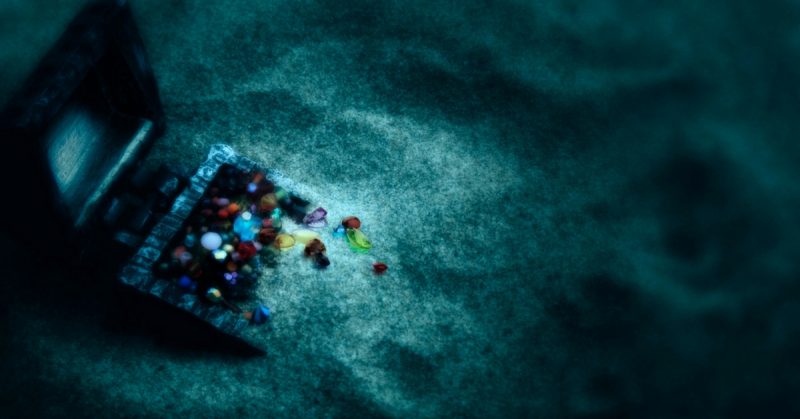The notion of hidden WWII Nazi treasures acquired from the looting of European countries attracts adventurers and conspiracy theorists alike to this day. However, little is known about the assertion that the Japanese Imperial Army had their own stash which remains undiscovered.
Such is the case with what is generally referred to as“Yamashita’s gold” – the treasures allegedly looted during the Japanese occupation of Southeast Asia that has never been found. The contention includes a network of caves, tunnels and entire underground complexes used to hide the loot, but evidence about such claims is almost nonexistent.
The loot as a whole bears the name of the Japanese general Tomoyuki Yamashita, dubbed the “Malaysian Tiger” due to his successful military campaign in Southeast Asia in the early stages of the war.
Despite the limited material evidence, there are those who propose various theories and secret histories. The accused are a colorful bunch including all walks of life from shady Yakuza kingpins to the Japanese Emperor Hirohito himself. Among the loudest advocates of such theories was an American historian, Sterling Seagrave, who together with his wife Peggy, co-wrote two extensive studies concerning the subject.
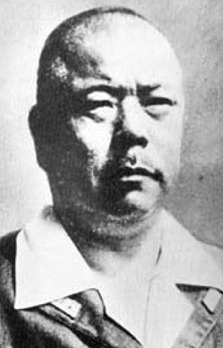
The first one, entitled “The Yamato Dynasty: The Secret History of Japan’s Imperial Family” published in 2000, introduced the idea of the hidden loot. It alleged the treasure had been acquired on a massive scale and was intended to fund the Japanese war effort during WWII. In the book, the Seagraves claim that Prince Yasuhito Chichibu, Hirohito’s younger brother, headed the top-secret organization called Kin no yuri (Golden Lily). They were instructed to take care of the massive gold stashes robbed from various banks, depositories, commercial premises, museums, private homes and religious buildings.
The sequel to the study, entitled “Gold Warriors: America’s Secret Recovery of Yamashita’s Gold” came out in 2003. It focuses on the post-war recovery and appropriation of the loot by American secret service agents, most notable of them being Edward Geary Lansdale. The Seagraves concluded that much of the loot was discovered soon after the war and that the funds were diverted to the CIA’s covert operations in the Cold War.
Various accounts claim the treasure was initially stored in Singapore, and consequently transferred to the Philippines during the war. The intention had been to ship the loot to the Japanese home islands. But when the US entered the War in the Pacific, sea supremacy was established by them, and the plan to transfer such a valuable cargo became too risky. Allegations exist that several Japanese merchant ships transporting some of the loot were sunk by an American submarine, which caused the Imperial Government to abandon the idea.
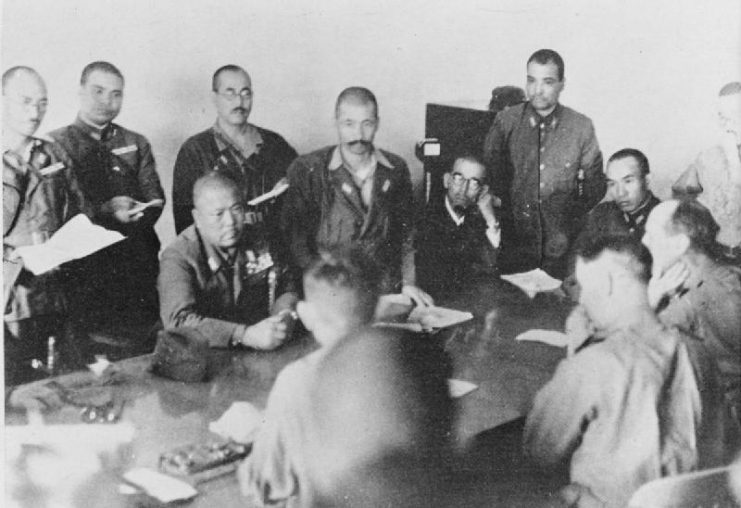
Subsequently, the treasure remained stranded in the Philippines, where it became a sort of national myth in the post-war period. In 1992, Imelda Marcos, the wife of the former President of the Philippines, Ferdinand Marcos, claimed that their enormous wealth came from discovering the Japanese treasure.
Her claim gave wings to numerous people who were hoping to discover the secret stash of the Japanese Empire. It went even further when The National Museum of the Philippines started issuing permits and licenses for treasure hunting.
Imelda Marcos’ claims were never confirmed. However, allegations of how Marcos acquired his wealth were the subject of an extensive lawsuit in March 1988 against her husband by a fellow-treasure hunter, Rogelio Roxas.
The lawsuit for theft and human rights abuse against Marcos came just two years after he lost his presidency – described by many as a dictatorship, a kleptocracy and a brutal regime plagued by corruption and abuse of power.
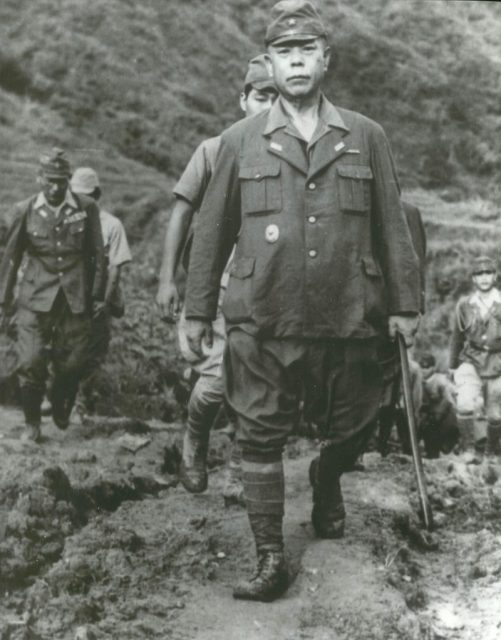
Roxas claimed to have found the underground tunnels and loot in 1971, by following instructions from the son of one of the soldiers who were under Yamashita’s command, together with clues given to him by the General’s former interpreter. He claimed to have found the treasure in a secret location around Baguio City, which was also the place where Yamashita offered his surrender to the Allies.
After the discovery, however, Roxas was arrested by Marcos’ men and jailed for over year, during which period he was beaten and tortured.
In the center of the claim was an alleged 3-foot-high (0.91 m) golden Buddha, which was, together with the rest of the find, taken from Roxas by President Marcos. Although Roxas died on the eve of his trial in 1998, he left a testimony which the State of Hawaii, where the case had been filed, resolved in his favor.
Despite the fact that the court in Hawaii determined there was a hidden treasure in the surroundings of Baguio City, Philippines, it is not known if it was the famous Yamashita’s Gold. The loot determined by the court included several gold bars, and the statue of a Buddha made of 20-carat gold. The verdict acknowledged the existence of a treasure hidden in an underground complex in Bangui City, Philipines.
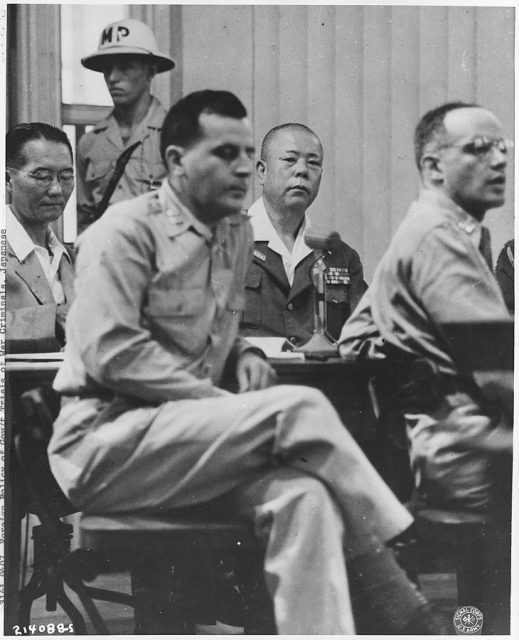
Many scholars denounced claims that the treasure ― if it even existed ― is located in the Philippines. Ricardo Jose, for example, who is a history professor at the University of the Philippines questioned the idea due to historical circumstances:
“By 1943 the Japanese were no longer in control of the seas… It doesn’t make sense to bring in something that valuable here when you know it’s going to be lost to the Americans anyway. The more rational thing would have been to send it to Taiwan or China.”
People are divided between the notion that President Marcos seized the treasure, or that it ever actually existed in any vast amount. Others, however, continue to search for it, often suffering injuries and/or financial bankruptcy due to their obsession.
Has it already been found? Will it ever be found? Only the future will tell.
